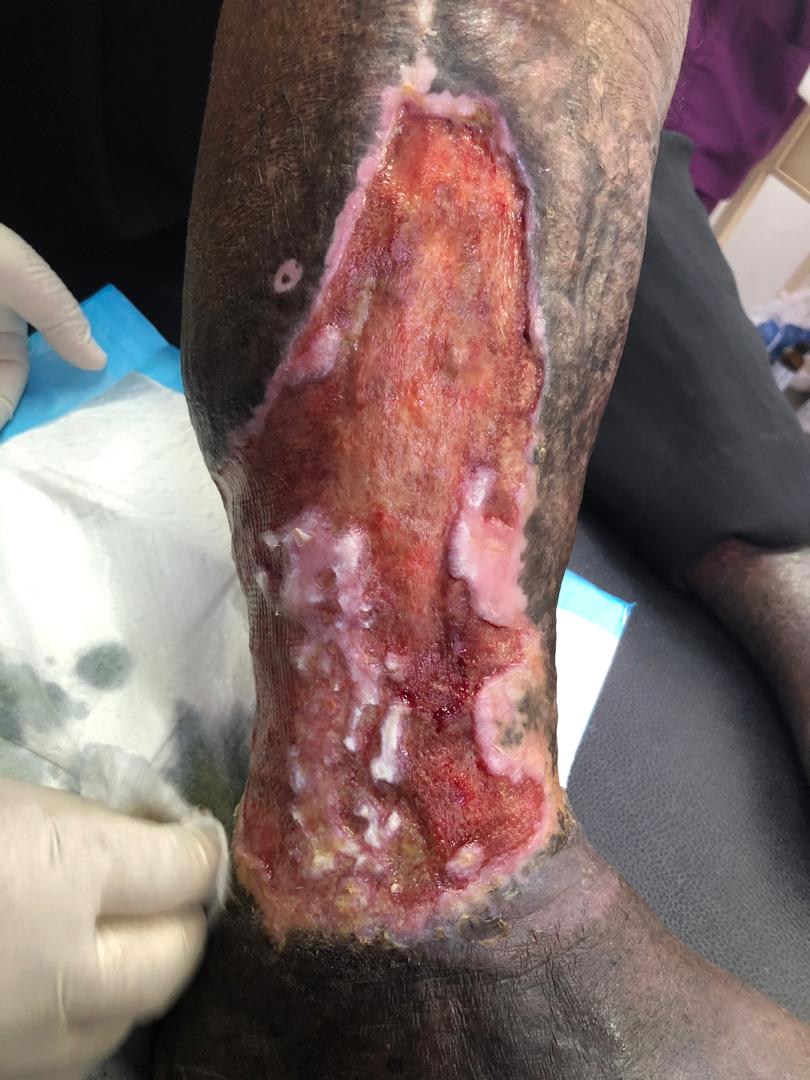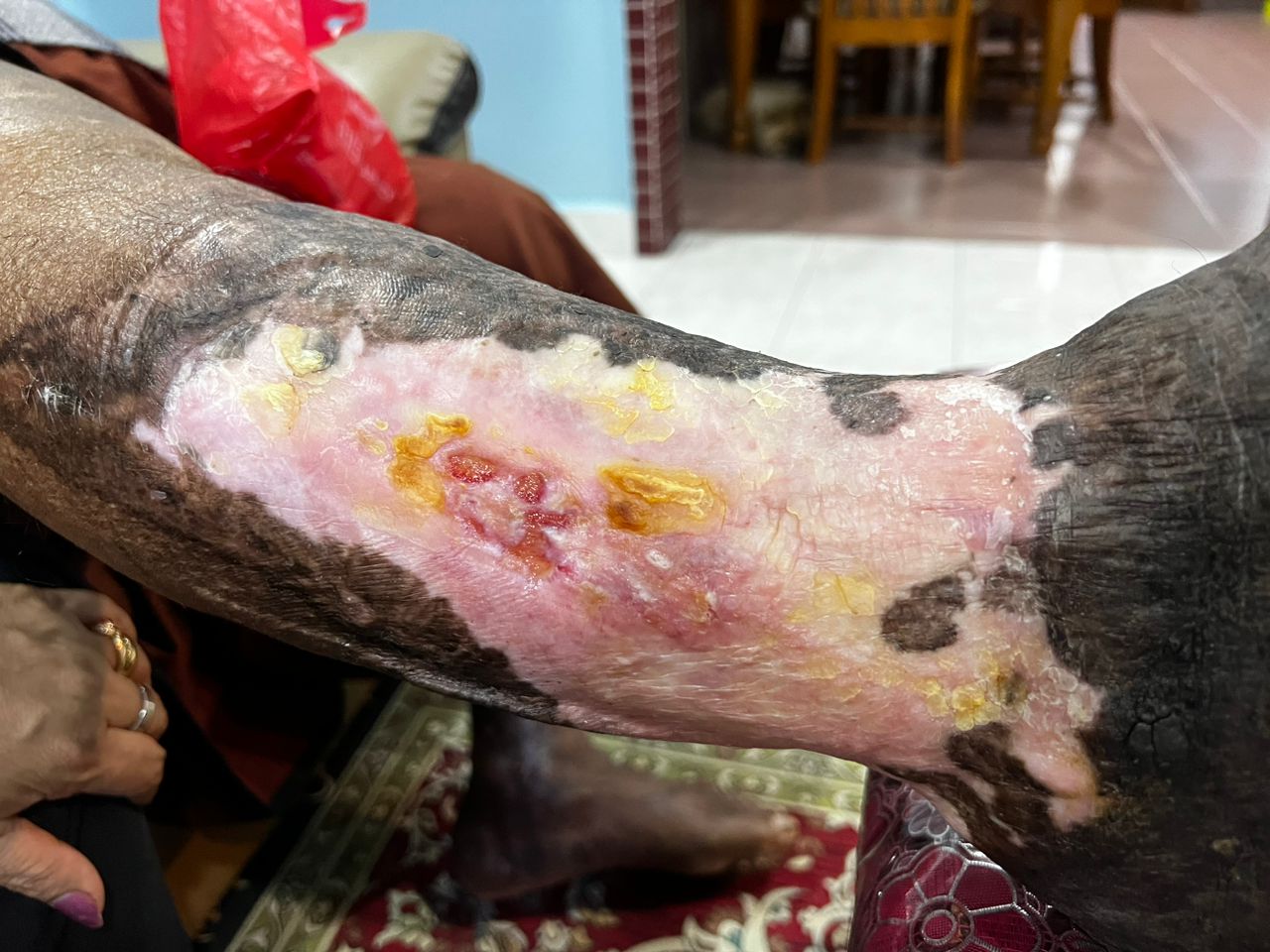For individuals living with diabetes, the risk of developing complications such as diabetic foot ulcers and infections can pose significant challenges to mobility and overall well-being. In severe cases where conservative treatments are ineffective, diabetes leg surgery emerges as a crucial intervention to address complications, restore function, and prevent further deterioration. In this blog, we delve into the complexities of diabetes leg surgery, shedding light on its importance, procedures, and transformative impact on patients' lives.
Understanding Diabetes Leg Complications:
Diabetes can lead to a range of complications affecting the lower extremities, including nerve damage (neuropathy), poor circulation (peripheral vascular disease), and impaired wound healing. These factors increase the risk of developing diabetic foot ulcers, which, if left untreated, can progress to serious infections, tissue damage, and even amputation. Diabetes leg surgery is often recommended when conservative treatments fail to address these complications effectively, aiming to restore blood flow, repair damaged tissue, and promote healing.

Types of Diabetes Leg Surgery:
Diabetes leg surgery encompasses a variety of procedures designed to address specific complications and improve outcomes for patients. Common types of diabetes leg surgery include:
- Peripheral Vascular Surgery: This involves restoring blood flow to the lower extremities by removing blockages or bypassing damaged arteries using techniques such as angioplasty, stenting, or arterial bypass grafts.
- Wound Debridement and Reconstruction: In cases where diabetic foot ulcers develop, surgical debridement may be necessary to remove dead or infected tissue and promote wound healing. Skin grafts or flap reconstruction may also be performed to cover the wound and facilitate healing.
- Amputation Surgery: In severe cases where tissue damage or infection is extensive, amputation may be necessary to prevent the spread of infection and preserve the overall health and function of the affected limb. Surgical techniques aim to remove diseased tissue while preserving as much healthy tissue as possible to maintain function and mobility.
The Surgical Procedure:
Diabetes leg surgery is typically performed under general or regional anesthesia, depending on the specific procedure and patient's health status. The surgical approach may vary based on the type and severity of the complications being addressed. Surgeons work closely with a multidisciplinary team, including vascular specialists, podiatrists, and wound care specialists, to develop a comprehensive treatment plan tailored to each patient's needs.
Recovery and Rehabilitation:
Recovery following diabetes leg surgery involves a period of rest, wound care, and rehabilitation to optimize outcomes and minimize complications. Patients may require a temporary stay in the hospital for close monitoring and post-operative care. Physical therapy and occupational therapy are essential components of the rehabilitation process, helping patients regain strength, mobility, and independence in daily activities.

Conclusion:
Diabetes leg surgery plays a vital role in managing complications associated with diabetes and preserving the health and function of the lower extremities. By addressing underlying vascular issues, promoting wound healing, and preventing further deterioration, surgery offers hope and improved quality of life for individuals living with diabetes. If you or a loved one are experiencing complications related to diabetes leg issues, don't hesitate to seek medical advice and explore treatment options available at Klinik Keluarga dan Surgeri 24 Jam. Together, we can navigate the path towards restored mobility and enhanced well-being.
Contact Us Today!
HQ
No 50, Ground Floor, Jalan Jaya Putra 7/5, Bandar Jaya Putra, 81100, Johor Bahru, Johor, Malaysia
BRANCH
39 G, Susur Larkin Perdana 1, Johor Bahru, 80350, Johor, Malaysia
